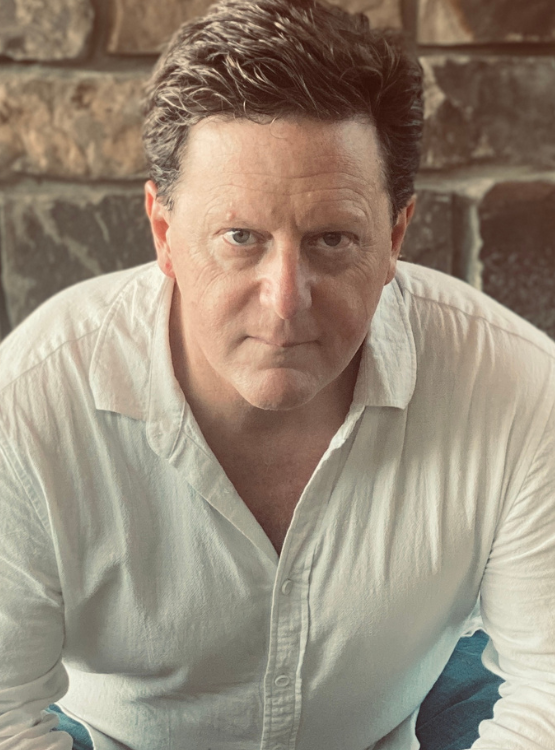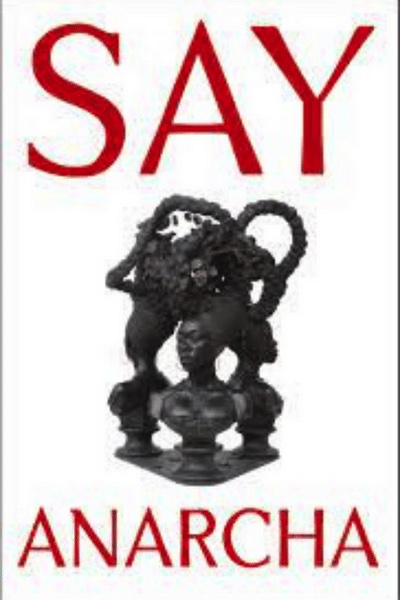J.C. Hallman grew up in Southern California. He studied writing at the University of Pittsburgh, the Writing Seminars at Johns Hopkins, and the Iowa Writers’ Workshop.
Hallman’s nonfiction combines memoir, history, journalism, and travelogue. His first book, The Chess Artist, tells the story of Hallman’s friendship with chess player Glenn Umstead. His second, The Devil is a Gentleman, is an intellectual apprenticeship with philosopher William James. In Utopia explores the history of utopian literature in the context of visits to six modern utopias in various stages of realization. Wm & H’ry examines the copious correspondence of William and Henry James. And B & Me is an account of Hallman’s literary relationship with Nicholson Baker.
Hallman has also published a book of short stories, The Hospital for Bad Poets, and edited two anthologies of “creative criticism,” The Story About the Story and The Story About the Story II. Among other honors, Hallman was a recipient of a 2010 McKnight Artist Fellowship in fiction, and a 2013 Fellowship from the John Simon Guggenheim Foundation in the general non-fiction category.
In 2015, Hallman discovered the first evidence that proved the existence of the young, enslaved woman known as Anarcha, the so-called first cure of the diabolical “father of gynecology,” J. Marion Sims. In making significant contributions to the histories of slavery and medicine, Hallman’s dual biography, Say Anarcha, excavates and centers Anarcha’s story, and provides a much-needed corrective to the false narrative of Sims’s career.

















